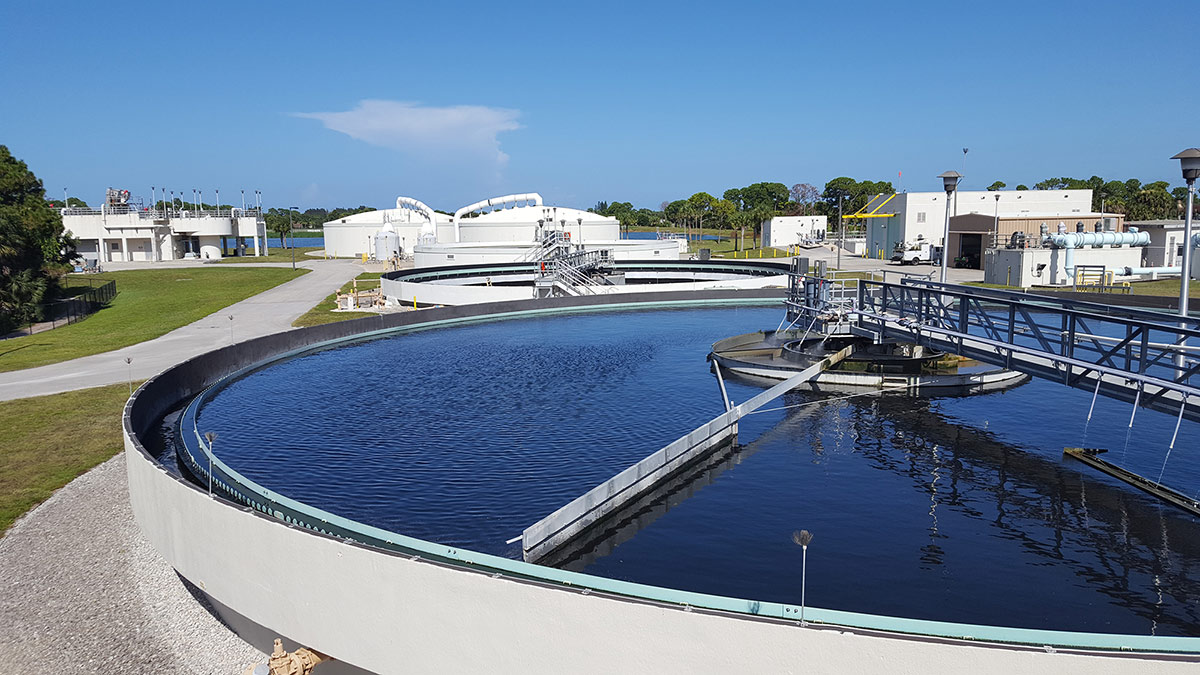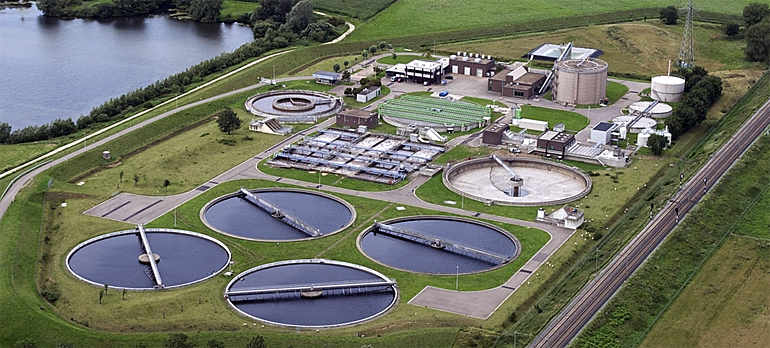Recognizing Wastewater Treatment Processes and Their Environmental Effect
The complexities of wastewater therapy processes play a crucial function in mitigating ecological challenges connected with water pollution. Each phase, from preliminary to innovative therapies, is designed to resolve details pollutants, eventually securing both public health and wellness and water environments.
Summary of Wastewater Treatment
Just how is wastewater changed into a risk-free resource for the setting? Wastewater therapy is an essential procedure developed to remove impurities from utilized water, thus safeguarding public wellness and securing environments. This process starts with the collection of wastewater from property, industrial, and industrial sources, which is then routed to treatment facilities.
At these facilities, different physical, chemical, and organic techniques are used to treat the wastewater. Consequently, organic treatments, such as turned on sludge procedures, make use of bacteria to damage down natural matter.
The treated effluent can be securely discharged into all-natural water bodies or recycled for irrigation and industrial functions, advertising resource conservation. In addition, the treatment process produces biosolids, which can be repurposed as plant foods or soil amendments, additionally enhancing sustainability.
Stages of Treatment Procedures
The wastewater therapy process normally is composed of three primary stages: initial, key, and secondary treatment. Each phase offers a distinct role in decreasing the contaminant lots and guaranteeing the effluent satisfies ecological criteria before discharge.

The primary therapy stage focuses on the physical separation of put on hold solids from the wastewater. Via sedimentation, larger fragments resolve at the bottom of sedimentation tanks, forming sludge, while lighter products, such as oils and oils, float to the surface area and are skimmed. This procedure significantly decreases the organic and inorganic load in the wastewater.
Secondary therapy is a biological procedure aimed at further lowering the concentration of natural matter. This phase is necessary for accomplishing the necessary biochemical oxygen need (BOD) decrease, ultimately leading to cleaner effluent all set for discharge or additional therapy.

Advanced Therapy Technologies
Complying with the second treatment procedures, advanced therapy technologies play an essential role in more improving the top quality of treated wastewater. These modern technologies are developed to get rid of residual pollutants that are not effectively removed during main and secondary therapies, ensuring the effluent satisfies rigorous regulatory requirements.
Amongst the widely used innovative treatment techniques are membrane layer purification, reverse osmosis, and advanced oxidation processes. Membrane purification, consisting of microfiltration and ultrafiltration, works in here dividing great fragments, pathogens, and colloids from the water (Wastewater). Reverse osmosis uses semi-permeable membrane layers to get rid of liquified solids, resulting in top notch water ideal for various applications
Advanced oxidation processes (AOPs) utilize solid oxidants to weaken natural pollutants, including pharmaceuticals and personal care products that are immune to standard therapy. These approaches enhance the biodegradability of complex compounds, facilitating their removal.
One more considerable modern technology is the use of biological nutrient removal processes, which particularly target nitrogen and phosphorus, protecting against eutrophication in obtaining water bodies. Overall, sophisticated treatment innovations are necessary for achieving greater degrees of purification, promoting water reuse, and guarding public health while resolving the challenges related to wastewater administration.
Ecological Advantages of Treatment
Numerous ecological advantages arise from efficient wastewater treatment processes that add to ecosystem health and wellness and sustainability. Largely, these procedures significantly decrease the launch of dangerous toxins right into all-natural water bodies, which assists preserve water ecosystems. By removing contaminants such as heavy metals, nutrients, and virus, dealt with wastewater alleviates the risk of waterborne diseases and advertises biodiversity in aquatic atmospheres.
Additionally, wastewater therapy facilities typically utilize advanced modern technologies that make it possible for water recycling and reuse. This technique not just conserves fresh water sources however also minimizes the demand on all-natural water products. Enhanced nutrient elimination from wastewater can likewise avoid eutrophication, a procedure that causes algal blooms and succeeding oxygen depletion in marine systems.
Additionally, reliable treatment procedures can minimize greenhouse gas discharges, specifically methane and nitrous oxide, which are often released throughout neglected wastewater disintegration. By capturing and making use of biogas from anaerobic digesters, facilities can convert waste right into renewable power, thereby contributing to a decrease in fossil fuel reliance.
Obstacles and Future Trends
While the environmental advantages of wastewater treatment are clear, several difficulties linger that hinder ideal end results in this field. One significant issue is aging framework, which check often results in inadequacies and enhanced functional prices - Wastewater. Numerous treatment plants were developed years earlier, and their capabilities do not align with contemporary needs, which consist of more stringent governing standards and greater quantities of wastewater as a result of urbanization

Looking in advance, there is a growing focus on resource recuperation and circular economic climate principles within wastewater therapy. Developments such as anaerobic digestion, which can generate biogas, and advanced filtration modern technologies are acquiring traction. These techniques not only boost treatment efficiency however also advertise sustainability.
Eventually, resolving these difficulties requires cooperation among image source stakeholders, financial investment in innovation, and a dedication to continuous research. By accepting these trends, the wastewater treatment sector can progress to meet the needs of a changing setting and society.
Final Thought
Finally, wastewater therapy procedures play a crucial role in improving ecological high quality and public wellness. The multi-stage treatment framework, paired with sophisticated modern technologies, efficiently minimizes pollution and advertises lasting water administration. By resolving residual pollutants and minimizing nutrition drainage, these processes add to the conservation of marine environments and the decrease of greenhouse gas emissions. Continued innovations and adaptations in treatment techniques will certainly be essential for conquering arising obstacles and guaranteeing the sustainability of natural deposits (Wastewater).
Comments on “Why Picking the Best Wastewater Solution is Important for Your Property”